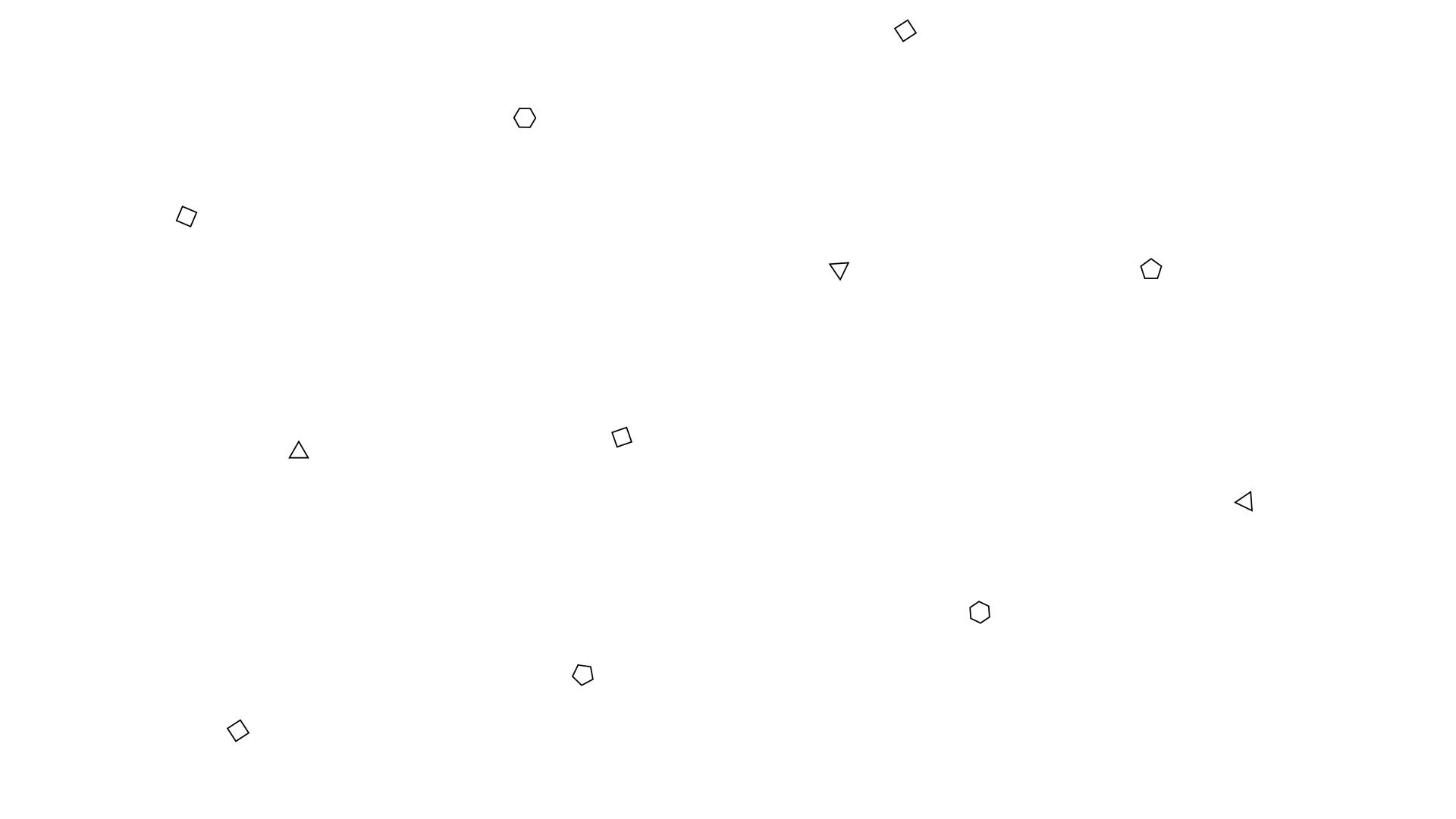Fusion
- Game Design Wizard

- Dec 23, 2019
- 3 min read
Updated: Dec 24, 2019
In game design there is a very common term used to describe the infinite artificial space a game can create within itself. We call it the Possibility Space.

This is a fundamental concept many times connected to the emergency factor almost all games can produce. Strategy and Tactics games are very good at this, creating infinite combinations of outcome possibilities inside their own rule system.
On this idea, we're going to explore this basic concept combining two of the most basic and simple games known to date: Tic-Tac-Toe and Rock, Paper, Scissors.

Of course, there are many attempts on the internet and on some simple games for smartphones that try to do this, however they don't quite develop these pillars with the depth they can be explored.
So keeping these guidelines in mind (emergency, new combinations and strategy + tactics) we are going to mix those game in a much deeper way than the existing, and too basic, ones. But before we begin, let's understand how a simple math study of combination and exponentiality can help us on this ReDesign.
Combination Combos
If we have a square to be occupied by 5 symbols, how many combinations can we get out of that set up? You got, it! Only 5.

Now let's add another 2 squares and see how many possible combinations we can create...

With only two more options the number goes from a small 5 to 125! This happens because now we have exponential new possible ways to interchange those elements (5³).
However, let's add another layer of depth to this equation: what if we could occupy the squares rearranging the symbols in 6 new different orders? That is:
- left to right
- right to left
- center>right>left
- center>left>right
- left>right>center
- right>left>center

Keeping our previous 125 combination plus this new rule, we multiply it by 6 new possible paths those combinations can be made with. That results in incredible 750 new outcomes of this simple system.
If we keep adding rules and specific procedures to this scheme, we almost create a paradox: the more limitation with new rules added, the more combinations are created along with it. In other words: we increment the possible size of the system by narrowing it.
Now, we're gonna use the same principle to build our new game, merging two ideas to create an infinite new universe of endless possible play experience. And we're gonna call it: Fusion.
High Concept
Fusion is a game that borrows mechanisms from two existing games: Tic-Tac-Toe and Rock, Paper, Scissors. It can be played analogically with pieces of paper or made a digital game out of the following rules. It consists of a match between two players that are competing against each other to be the first to form a line on a 4x4 grid using 3 different symbols to be used in the squares.
Rules
The first element we need to define is the arena where the game is gonna take place. In Fusion, a match will happen in a 4x4 grid.

Then we'll use specific symbols to represent our hand throws. Each player will have at their disposal the same 3 symbols to be used at any time during the game. It doesn't matter which one each player chooses, the aim is to form a line with any of them.

The first player to complete a line with 4 identical symbols Horizontally, Vertically or Diagonally is the winner.

Actions
There are 3 main actions to be performed during gameplay. They are: occupy, replace and shift. Only one action can be done on a player's turn and each has specific rules:
occupy - this is the most basic action of the game. Players can take any symbol on their turn and occupy any empty square with it.

replace - with this action, players can replace a symbol with another. However the new symbol have to be stronger than the one being changed, so for example: you can only replace a paper symbol with scissors (because scissors cuts paper), and not with rock.

shift - this action allows exchanging two existing pieces positions. It can only be performed between side by side pieces. The same shift cannot be repeated on the next turn (returning the symbols to their previous squares). Also, this action can only be done Vertically and Horizontally.

Play it!
This seems like a very simple game with no real challenge to it. But the moment you play it with someone, all the possible moves and strategies that arise from these simple mechanics turn out to be really surprising!
After a few matches try to change the rules and maybe create new ones of your own. Playing a paper prototype can be a good exercise to start thinking about a digital version of it!
For that matter, we made a printable version of the game for our Patrons to download! It is very simple but is really handy to start playing right away!
So go there, have fun and tell us in the comments what you think of this idea!

Thank You
for reading!





Comments